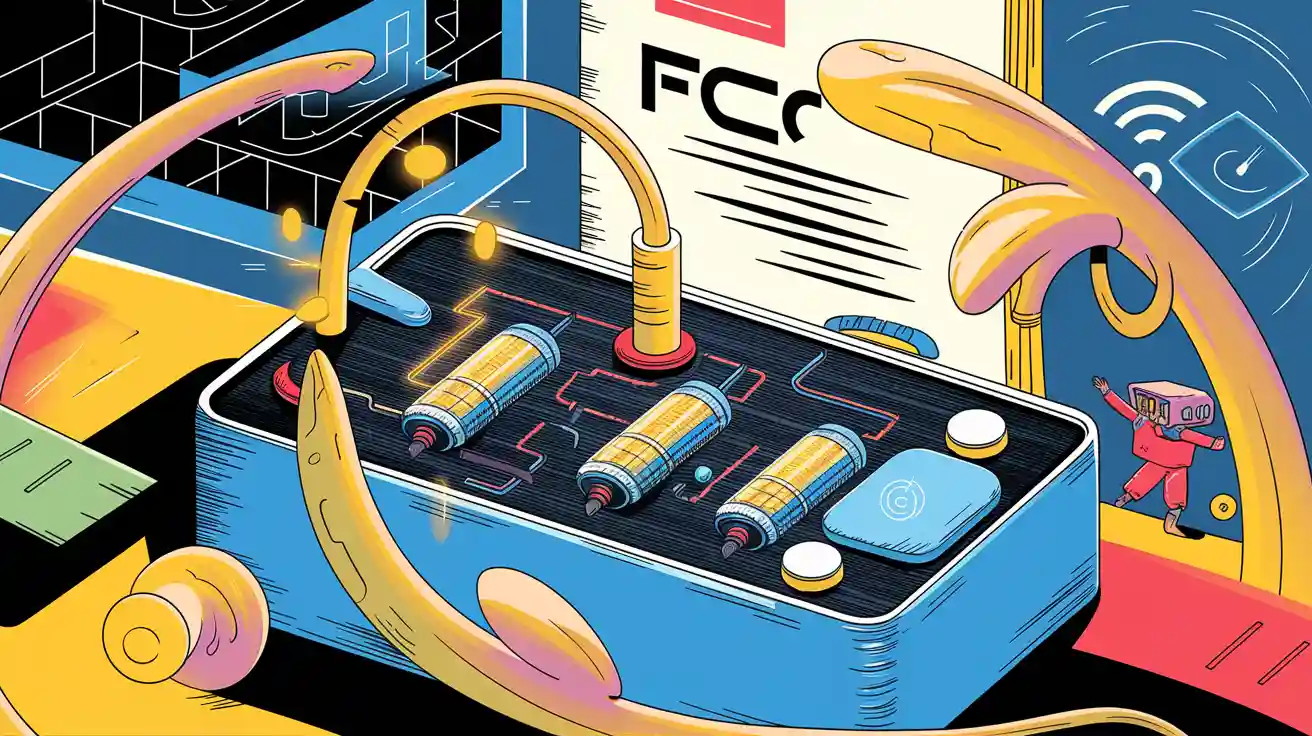
FCC (Full Charge Capacity) of lithium battery determines how much energy the battery can store and deliver. For industries, maintaining optimal FCC ensures consistent performance and cost efficiency. Lithium batteries with higher FCC deliver extended operational hours, which directly impacts productivity. Monitoring FCC helps prevent capacity degradation, ensuring long-term reliability in demanding applications.
Key Takeaways
Knowing FCC is important for lithium batteries. It shows true energy capacity and keeps performance steady in industries.
Check FCC often with Battery Management Systems (BMS) or special tools. This finds problems early and keeps the battery working well.
Improving FCC makes batteries last longer and saves money. Better FCC means longer use and fewer replacements.
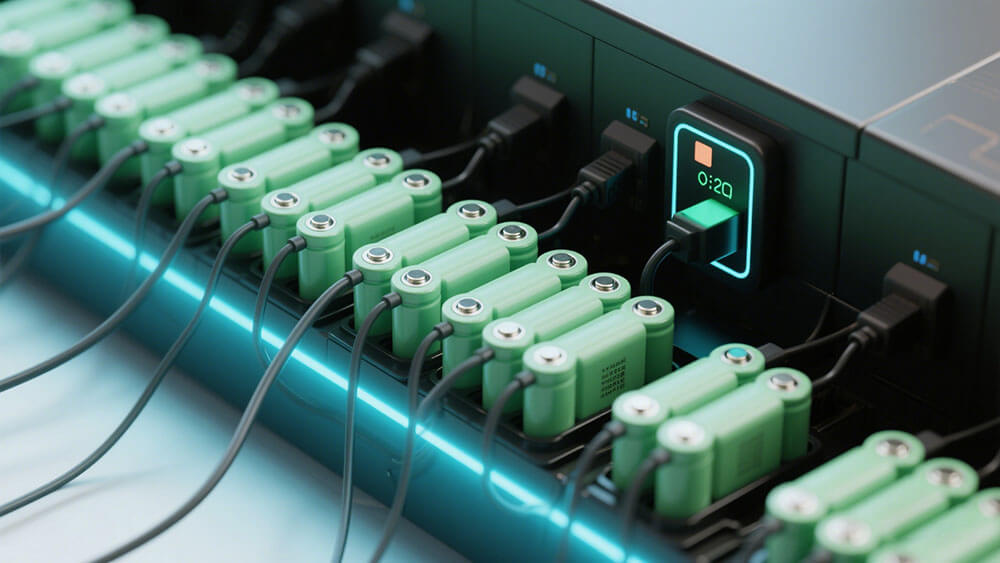
Part 1: Understanding FCC in lithium batteries
1.1 What is FCC of lithium battery?
The FCC of lithium battery refers to the maximum amount of energy the battery can store and deliver in its current state. Unlike the design capacity, which represents the theoretical maximum when the battery is new, FCC reflects the real-world capacity after accounting for factors like aging and usage. It is typically measured in milliampere-hours (mAh) or ampere-hours (Ah). Over time, the FCC decreases due to natural wear and tear, environmental conditions, and usage patterns. For industries relying on lithium batteries, understanding FCC is crucial for maintaining consistent performance and ensuring operational efficiency.
1.2 How is FCC measured in lithium-ion batteries?
You can measure FCC in lithium-ion batteries using several methods. Most modern devices come equipped with a Battery Management System (BMS) that estimates FCC by analyzing charge and discharge cycles. This system provides real-time data, allowing you to monitor the battery’s health. Alternatively, professional tools like battery testers or charge-discharge equipment can measure FCC more accurately. These tools perform a complete charge-discharge cycle under controlled conditions to calculate the actual capacity. For industrial applications, precise FCC measurement is essential to optimize battery performance and extend its lifespan. Regular monitoring helps you identify capacity degradation early, enabling timely interventions.
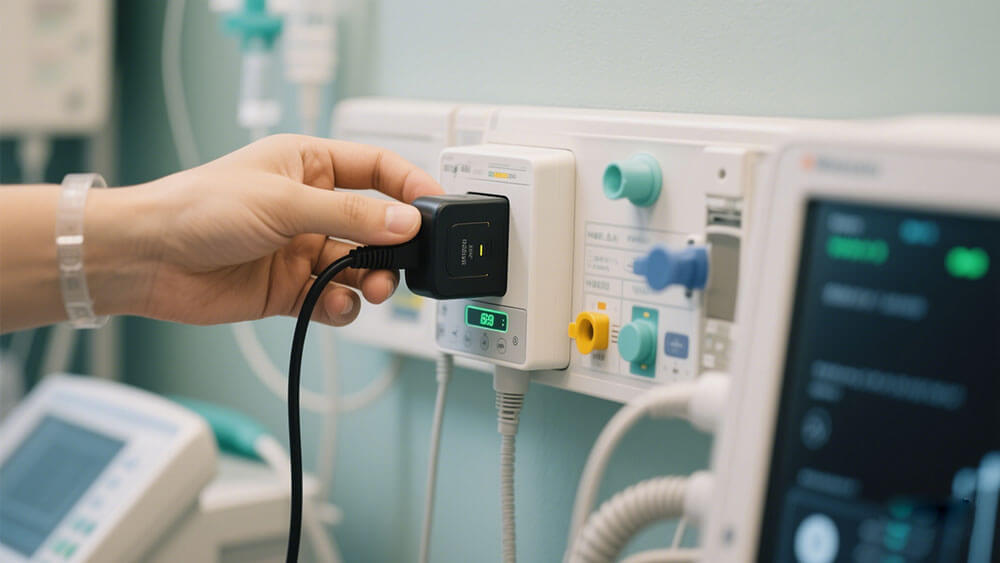
Part 2: FCC’s impact on battery efficiency and performance
2.1 FCC and its relationship with energy output
The FCC of lithium batteries plays a pivotal role in determining their energy output. A higher FCC means the battery can store and deliver more energy, directly impacting the operational hours of devices or systems. For industries relying on lithium-ion batteries, such as robotics, medical equipment, and infrastructure, maintaining a high FCC ensures uninterrupted operations and maximizes productivity.
Energy output is directly proportional to FCC. For example, a lithium-ion battery with an FCC of 3000mAh will provide more energy than one with a reduced FCC of 2500mAh. However, as the battery undergoes repeated charging cycles, its FCC gradually decreases due to natural degradation. This decline results in reduced performance, limiting the energy output and shortening the operational time of the equipment.
Temperature also significantly influences FCC and energy output. High temperatures accelerate chemical reactions within the battery, leading to faster capacity degradation. Conversely, low temperatures temporarily reduce the battery’s ability to deliver energy. Maintaining an optimal operating temperature, typically between 20°C and 30°C, helps preserve FCC and ensures consistent energy output.
2.2 How FCC affects charging cycles and operational performance
FCC serves as a critical indicator of a battery’s state-of-health (SoH). Monitoring FCC allows you to assess the battery’s ability to endure charging cycles without significant degradation. When FCC remains above 80% of the design capacity, the battery delivers optimal performance and maintains its reliability over time. This threshold is particularly important for industrial applications where consistent performance is non-negotiable.
As FCC decreases, the number of effective charging cycles also reduces. A lithium-ion battery designed for 1000 cycles may only achieve 800 cycles if its FCC drops prematurely due to poor maintenance or extreme operating conditions. This reduction in charging cycles leads to increased downtime and higher replacement costs, directly impacting operational efficiency.
Operational performance also suffers when FCC declines. Devices powered by batteries with reduced FCC experience shorter runtimes, requiring more frequent recharging. This not only disrupts workflows but also accelerates battery degradation due to increased charging frequency. Implementing best practices, such as avoiding deep discharges and overcharging, helps maintain FCC and extends the battery lifespan.
Tip: Regularly monitor FCC using tools like Battery Management Systems (BMS) or professional testing equipment. Early detection of capacity degradation enables timely interventions, ensuring your batteries deliver consistent performance throughout their lifespan.
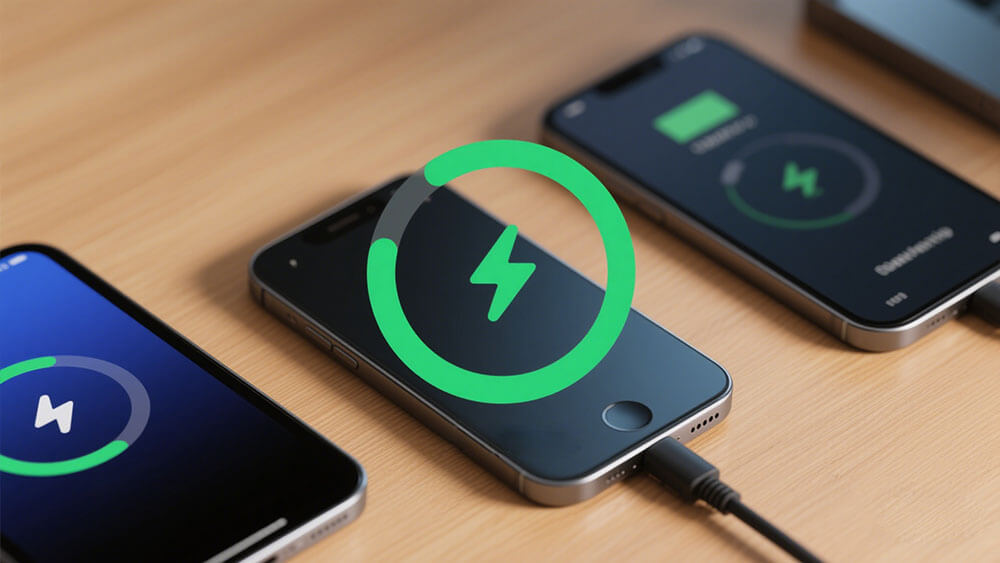
Part 3: FCC’s role in extending battery lifespan
3.1 FCC and capacity degradation in lithium batteries
The FCC of lithium batteries directly correlates with their lifespan. Over time, lithium-ion batteries experience capacity degradation due to chemical reactions, charging cycles, and environmental factors. This degradation reduces the battery’s ability to store energy, leading to decreased capacity and shorter operational hours. For industries relying on lithium-ion batteries, such as robotics or infrastructure, understanding this process is critical for maintaining efficiency and minimizing downtime.
Capacity degradation occurs gradually but accelerates under certain conditions. High temperatures, for instance, speed up chemical reactions within the battery, causing faster wear and tear. Similarly, frequent deep discharges or overcharging can strain the battery’s internal components, leading to a more rapid decline in FCC. By monitoring FCC, you can identify early signs of degradation and implement corrective measures to extend the battery’s lifespan.
Temperature management plays a vital role in preserving FCC. Operating lithium-ion batteries within the recommended range of 20°C to 30°C minimizes stress on the battery’s chemistry. Additionally, adopting optimal charging techniques, such as avoiding prolonged charging at 100% or discharging below 20%, helps maintain FCC and ensures consistent energy storage capacity over time.
Note: Regular FCC monitoring using tools like Battery Management Systems (BMS) provides valuable insights into the health of your lithium-ion batteries. Early detection of decreased capacity allows you to take proactive steps, such as adjusting charging habits or replacing aging batteries, to sustain performance.
3.2 Importance of FCC in preventing overcharging and deep discharging
Maintaining FCC is essential for preventing overcharging and deep discharging, two common factors that significantly impact the lifespan of lithium-ion batteries. Overcharging occurs when a battery is charged beyond its maximum capacity, leading to excessive heat generation and potential damage to its internal structure. On the other hand, deep discharging—allowing the battery to drain completely—can cause irreversible harm to its chemistry, resulting in decreased capacity and reduced energy storage capabilities.
Monitoring FCC helps you avoid these pitfalls by providing real-time data on the battery’s state-of-health. For example, a BMS can alert you when the battery approaches critical thresholds, enabling you to adjust charging habits accordingly. This proactive approach not only prevents damage but also extends the battery’s lifespan, ensuring reliable performance in demanding industrial applications.
Adopting proper battery maintenance practices further enhances FCC preservation. These include:
Avoiding high temperatures: Store and operate batteries in controlled environments to prevent accelerated degradation.
Implementing balanced charging cycles: Charge batteries to 80% rather than 100% for routine use, and avoid discharging below 20%.
Using advanced charging systems: Invest in chargers with built-in safeguards to prevent overcharging and deep discharging.
Tip: For industries relying on lithium-ion batteries, integrating FCC monitoring into your battery maintenance strategy can significantly reduce operational costs. By extending the lifespan of your batteries, you minimize replacements and enhance overall system reliability.
For customized solutions to optimize FCC and improve battery performance, explore Large Power’s custom battery solutions.
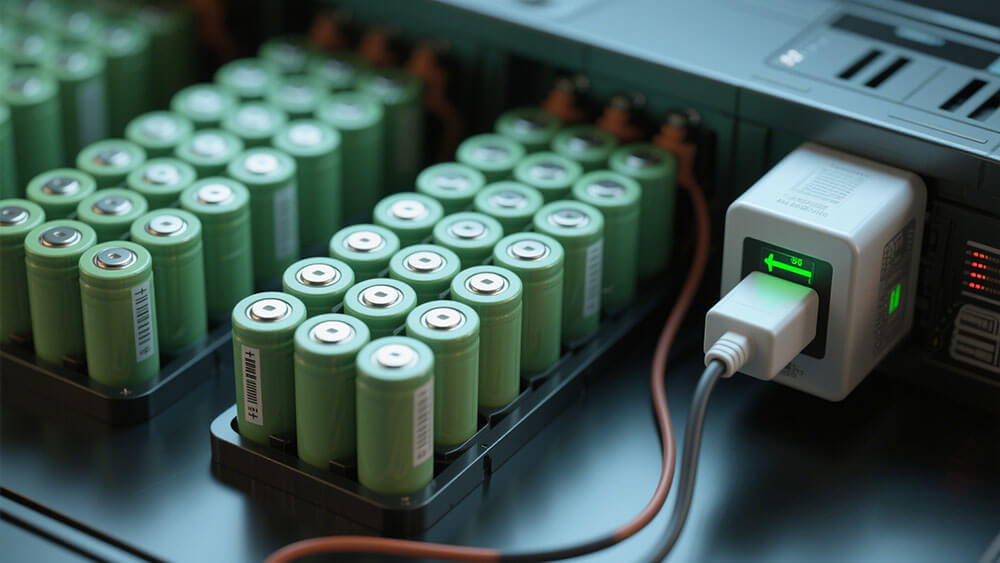
Part 4: Practical applications and FCC monitoring in industrial settings
4.1 Tools and methods for tracking FCC in lithium battery packs
Tracking the FCC of lithium battery packs is essential for maintaining their performance and reliability in industrial applications. Battery Management Systems (BMS) are the most commonly used tools for this purpose. These systems provide real-time data on the battery’s state-of-health, including FCC, charging cycles, and temperature. By integrating a BMS into your operations, you can monitor FCC trends and detect early signs of capacity degradation.
For more precise measurements, professional testing equipment like charge-discharge analyzers is highly effective. These tools perform controlled charging and discharging cycles to calculate the actual FCC. They are particularly useful for industries relying on lithium-ion batteries in critical applications, such as electric vehicles or robotics. Regular FCC assessments using these methods help you optimize energy efficiency and extend battery lifespan.
Cloud-based monitoring platforms also play a significant role in industrial settings. These platforms aggregate data from multiple battery packs, providing insights into FCC variations across your fleet. This centralized approach enables you to implement predictive maintenance strategies, reducing downtime and operational costs.
Tip: Combining BMS with advanced testing tools ensures accurate FCC tracking and enhances the overall efficiency of your lithium-ion battery systems.
4.2 Benefits of FCC optimization for industrial applications
Optimizing FCC in lithium-ion batteries offers numerous advantages for industrial applications. A higher FCC translates to extended operational hours, reducing the frequency of charging and minimizing disruptions. This is particularly beneficial for industries like electric vehicles, where downtime directly impacts productivity.
FCC optimization also improves energy efficiency by ensuring batteries operate at their peak capacity. For example, maintaining FCC above 80% of the design capacity allows your equipment to deliver consistent performance. This reliability is crucial in demanding environments, such as infrastructure projects or medical systems.
Another significant benefit is cost reduction. By preserving FCC, you extend the lifespan of your lithium batteries, delaying the need for replacements. This not only lowers capital expenses but also supports sustainable practices by reducing electronic waste. For industries prioritizing sustainability, FCC optimization aligns with environmental goals. Learn more about sustainability at Large Power.
FCC plays a pivotal role in optimizing the efficiency, performance, and lifespan of lithium batteries. For industrial applications, maintaining a high FCC ensures reliable energy output, reduces operational costs, and minimizes downtime. For instance, LiFePO4 batteries, with up to 5,000 cycles and 80-100% depth of discharge, outperform lead-acid batteries in both longevity and efficiency:
Statistic | LiFePO4 Batteries | Lead-Acid Batteries |
|---|---|---|
Cycle Life | Up to 5,000 cycles | Typically less than 1,000 |
Depth of Discharge | 80-100% | Up to 50% |
Lifespan | 4 to 5 times longer | Shorter lifespan |
By prioritizing FCC monitoring, you can enhance battery reliability and support sustainable practices. For tailored solutions to optimize FCC in your lithium battery systems, explore Large Power’s custom battery solutions.
FAQ
1. How does FCC impact the lifespan of lithium-ion batteries?
FCC directly affects battery lifespan. A higher FCC ensures fewer charging cycles, reducing wear and tear. This prolongs battery life and enhances operational efficiency.
2. What tools can you use to monitor FCC in industrial lithium battery packs?
You can use Battery Management Systems (BMS) or professional charge-discharge analyzers. These tools provide real-time FCC data and help detect capacity degradation early.
3. Why is FCC optimization important for industrial applications?
FCC optimization ensures consistent energy output, reduces downtime, and minimizes replacement costs. It also supports sustainability by extending battery lifespan and reducing electronic waste.
Tip: For tailored solutions, explore Large Power’s custom battery solutions.




